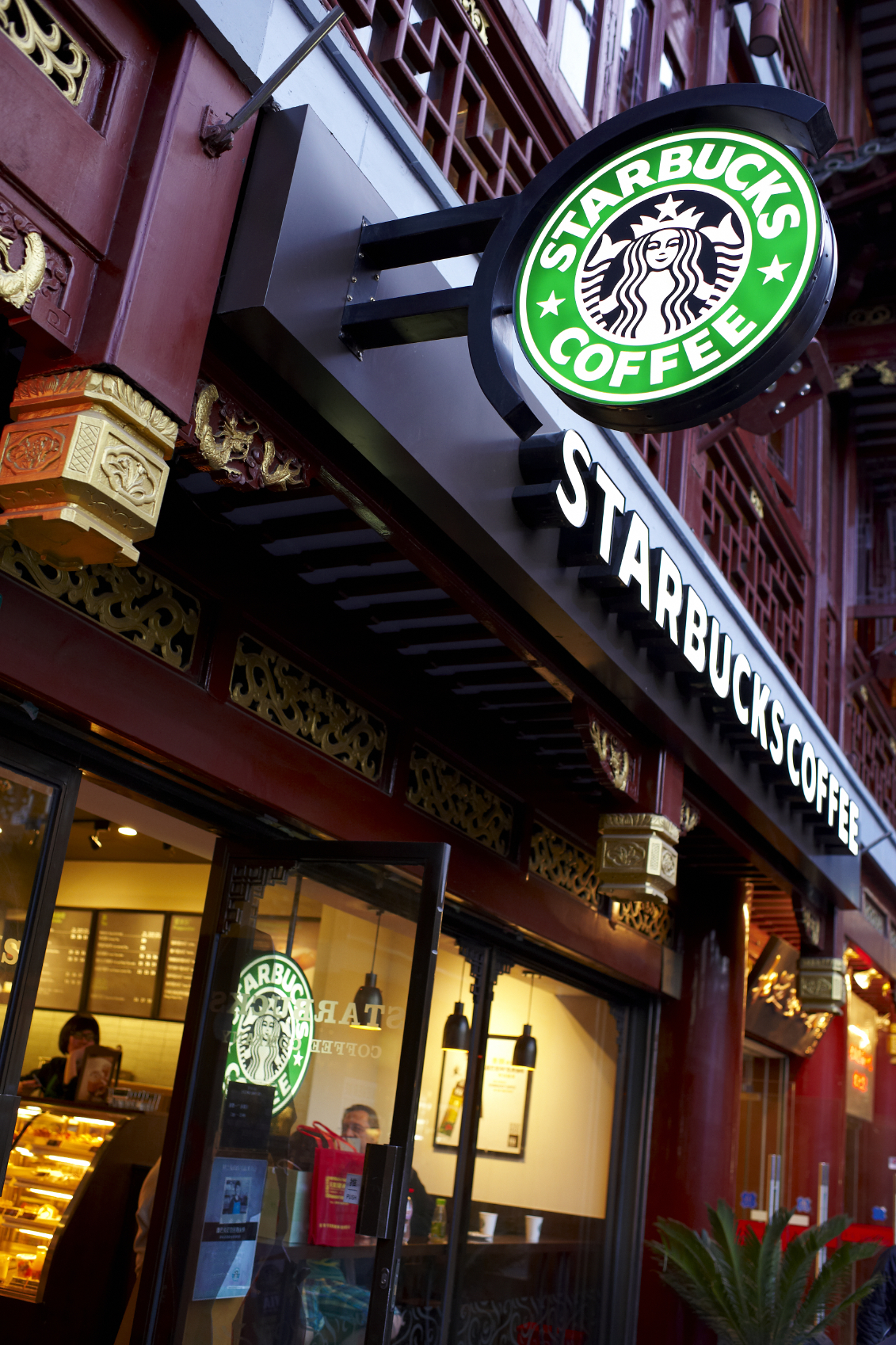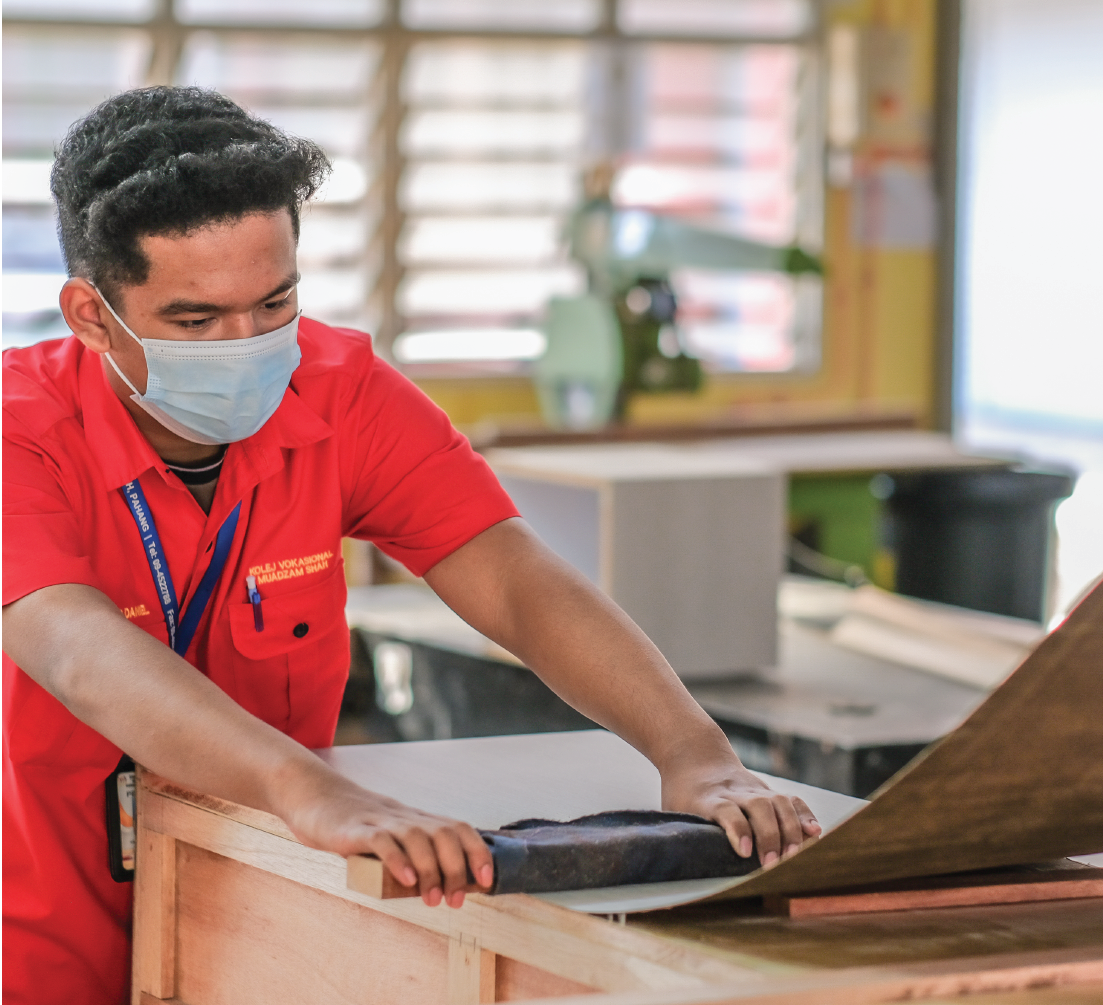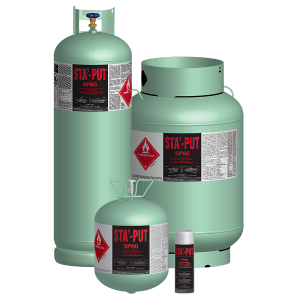
Disinfecting Your Facility During COVID-19: 5 Methods
In the wake of COVID-19, companies are rushing to disinfect their spaces. But while there are a number of methods, many of them are inefficient. In this post, we’ll compare five options for disinfecting your facility and see which one is best.
To stay open during the coronavirus pandemic, most facilities need to disinfect workspaces two to three times a day. Anytime a new person comes into contact with a surface, disinfecting it is necessary.
Businesses across the country – warehouses, restaurants, construction contractors, and more – are struggling with this issue as they move to adopt safer protocols. But disinfecting thousands of square feet every week can be expensive. Making matters worse, demand has obviously skyrocketed, creating widespread shortages of the materials they need.
As a result, everyone is looking for ways to sanitize while keeping costs down. But because supplies are limited, they’re considering anything and everything when it comes to disinfecting their facilities.
Below, we review five different disinfecting approaches and compare them in terms of effectiveness, safety, and how much it costs to sanitize a square foot using each one.
5 Ways to Disinfect Your Facility
There are several options businesses are turning to right now. The ones we’ve listed are here because they technically can disinfect your facility. But some are more practical than others.
Lysol Spray
Many businesses are considering using Lysol cans in large quantities to disinfect their facilities. For teams with thousands of square feet of shop floor and equipment, this method is resource-intensive and cost-prohibitive. You’d go through hundreds of cans in just a few days. And the cost to disinfect a square foot is much higher than alternatives.
UV Lights
You can technically use UV lights to disinfect surfaces. However, the process involves long periods of exposure. Plus, there are safety and OSHA issues with exposing your team to hours of UV light every day, making this option much less viable.
Hiring an Outside Cleaning Company
Some businesses that lack the resources or materials to disinfect their facilities are
hiring external cleaning companies to do it for them. And why not? There are certainly benefits to outsourcing the burden of cleaning thousands of square feet a day. But the reality is many companies are strapped for cash right now. Outsourcing this function is more than likely too big of a cost to justify at this point in time. This makes it impractical for many businesses.
Bulk Liquids
Bulk liquids are probably the most popular solution right now. Many businesses are using disinfectants, either concentrated or premixed, packaged in 5 gallon pails or 55 gallon drums. These liquids are then applied using a mop, rag, or external spraying equipment. Many companies are using inexpensive garden sprayers that need to be manually pumped or expensive spray or fogging equipment. Compared to most other options, bulk liquids are pretty effective. But when you consider what it’s like to use these devices every day, a few shortcomings become apparent.
If you’re using a pump sprayer, you probably buy a concentrate in bulk. Then, when you’re ready to disinfect, you blend it with other chemicals and pour it into the sprayer. This process is time-consuming and takes about 15-20 minutes every time you fill the device. Plus, you’ll need to repeat it several times to spray a whole facility.
Also, when you’re using the spray, you’ll have to stop to pump it every 5-6 minutes. This slows down the disinfecting process a small amount. But that small amount adds up when you do it hundreds of times a week.
Lastly, the materials are expensive for how far they get you. The nature of pump sprayers leads many operators to administer more spray than they need to. Because of this most can only cover about 100-500 square feet per fill. This drives up your cost per square foot considerably.
Larger misting or powered spray equipment can very expensive and require an upfront investment. They also require external power and can be bulky which makes them less portable and more cumbersome.
Self-Contained Spray Disinfectant Systems
As the coronavirus pandemic drags on, many companies are looking for more efficient and effective ways to disinfect surfaces. And one is quickly becoming a favorite – especially among former pump spray users.
Pressurized self-contained spray disinfectant systems excel at safely disinfecting spaces while keeping costs and labor low. And the best example right now is the Ramsol RS-1.
While systems like this have actually been around for a while (they’re big in Europe), it’s growing more popular because it utilizes a chemical known to the EPA to be effective against SARS-CoV-2, the cause of COVID-19.
Beyond its effectiveness, the system is water-based so it’s incredibly safe with enough active ingredient to maintain effectiveness. Exposure limits are very high, at 1000 ppm, and the nature of the product means most users will never come close to that limit. This makes the disinfectant suitable for anywhere there is person to surface contact – shop floors, vehicles, desks, retail, door handles, electronics, and more.
An added benefit is that the spray dispenses a fine mist that’s heavier than air. This prevents over-spraying and causes the mist droplets to fall directly onto target surfaces instead of hovering for users to breathe in. The fine mist also makes this system suitable for disinfecting furniture, electronics, and vehicles that you would not want to get wet.
Aside from safety, self-contained systems offer cost and efficiency benefits – especially for disinfecting large spaces. The solution comes pre-blended, so it doesn’t require mixing. It’s easy to set up and – often overlooked – easy to dispose/recycle. It can be purchased with a trolley for ease of use. And finally, it offers 2-3x the coverage of other sprays and produces roughly the equivalent of 400 cans of aerosol.
Perhaps most importantly, self-contained spray systems offer big labor savings. For example, the application time for a given space using the self-contained system could be 4-6 times faster than using a pump sprayer.
For businesses that need to sanitize large spaces efficiently, self-contained spray systems are the best option.
Conclusion
If your business is routinely disinfecting your facility, it’s worth considering factors like effectiveness, safety and how much it’s actually costing you. Exploring more efficient methods could save you a significant amount of time and money.
Need help finding the best way to disinfect your facility? We can help. Call us now at 1-800-220-1966 or email [email protected].


